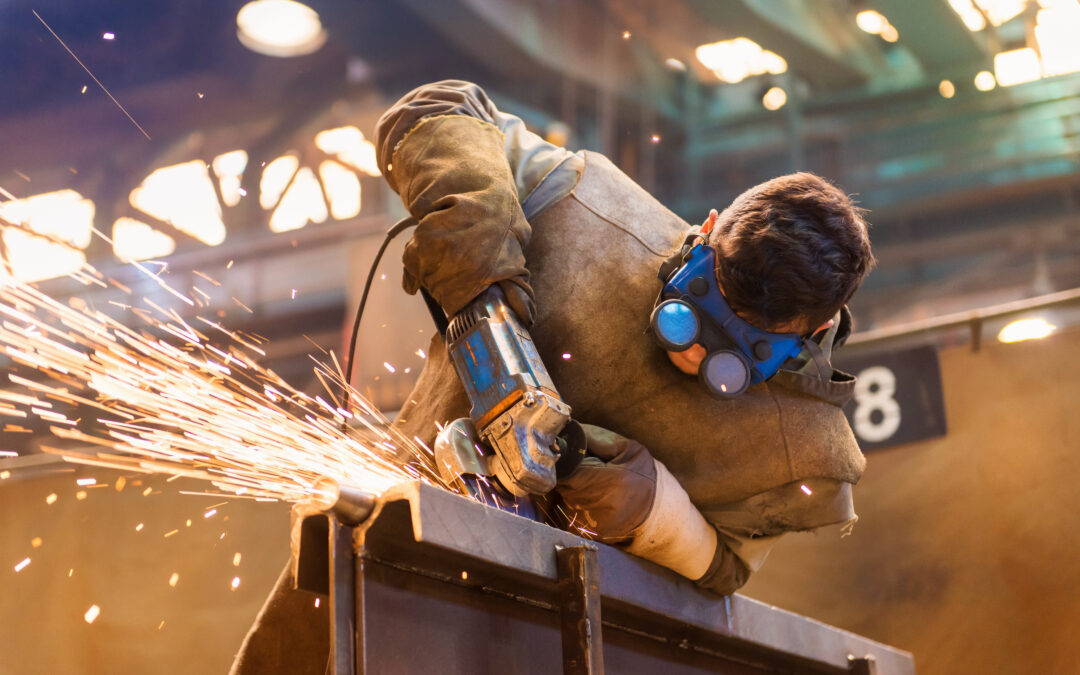Introduction to Disaster Preparedness:
Disaster preparedness is an essential aspect of ensuring the safety and well-being of your family in case a natural or man-made disaster strikes. It involves taking proactive steps to prepare for potential emergencies, such as earthquakes, hurricanes, floods, wildfires, power outages, and more. By having a plan in place, you can minimize the impact of these events on your loved ones and property. In this blog post, we will discuss how to create a disaster plan for your family and home.
Why You Need a Family Emergency Plan:
A family emergency plan is crucial because it helps you and your loved ones know what to do during a crisis. It provides a sense of security and reduces stress by outlining specific actions to take when faced with different types of emergencies. A good plan should include evacuation routes, safe meeting places, contact information for friends and relatives, and other critical details that are easy to overlook during times of chaos. Additionally, having a plan in place can help you stay calm and make informed decisions quickly, which could save lives.
How to Assess Your Risk and Make a Plan:
The first step in creating a disaster plan is assessing your risk. This involves identifying potential hazards in your area and evaluating their likelihood of occurring. For example, if you live near a fault line, then an earthquake might be a significant threat. On the other hand, if you reside in a coastal region, then hurricanes may pose a greater danger. Once you have identified potential risks, you need to develop a plan that addresses each one specifically. This includes determining evacuation routes, stockpiling supplies, and establishing communication protocols.
Building an Emergency Kit for Your Home:
Another important component of disaster preparedness is building an emergency kit for your home. This kit should contain everything you and your family would need to survive for at least three days without electricity or running water. Some essentials include non-perishable food items, bottled water, flashlights, batteries, first aid supplies, and extra clothing. It’s also a good idea to have a portable radio, maps, and any necessary medications. Remember to keep your emergency kit stored in a convenient location where everyone knows its location.
Practicing Your Disaster Plan with Drills:
Once you have developed a comprehensive disaster plan and built an emergency kit, it’s essential to practice your plan regularly. Conduct drills with your family members so they understand what to do in various scenarios. Practice evacuating your home using different routes, communicating via text message or email, and accessing your emergency kit. The more familiar your family becomes with your plan, the better equipped they will be to handle unexpected situations.
Maintaining Your Disaster Plan Over Time:
Finally, maintaining your disaster plan over time is vital. Review your plan annually and update it as needed. Replace expired items in your emergency kit, and ensure that all contact information is current. Keep track of changes in weather patterns and adjust your plan accordingly. With regular maintenance, you can rest assured that your family is prepared for whatever life throws their way.
Thank you for reading this post, don't forget to subscribe NOW for FREE!







